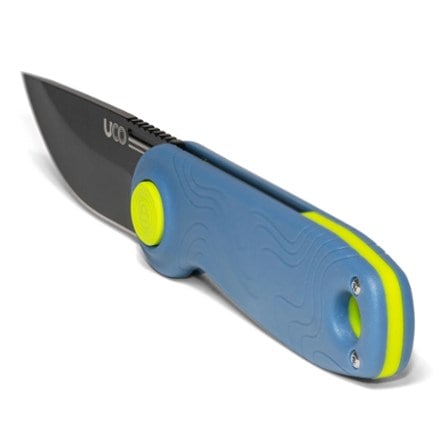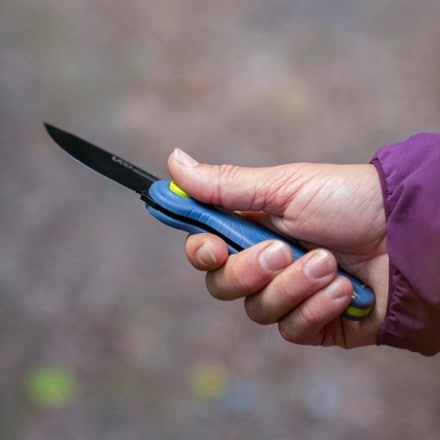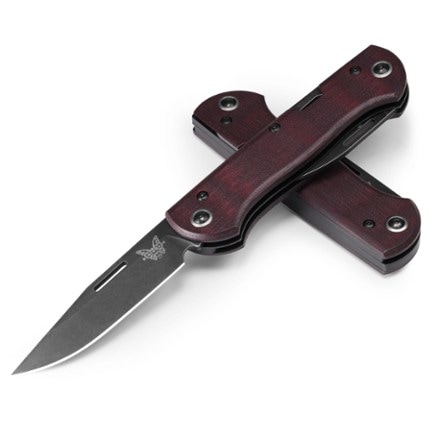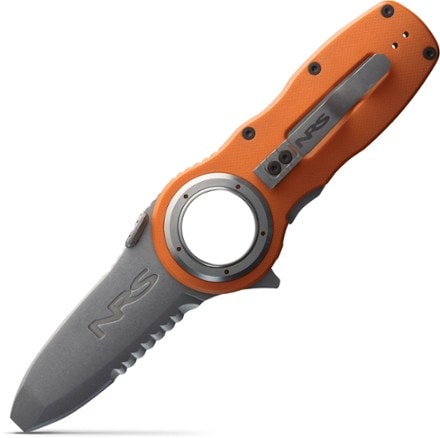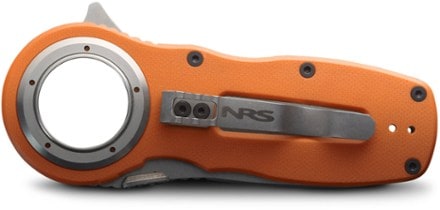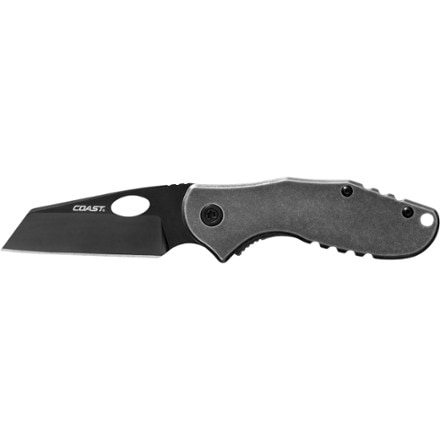Skip to search results
loaded 8 results
Knives: Deals
(8 products)Products (8)
Sort: Best Match
- Sale Ends TodayCoastFX411 Fine-Edge Folding KnifeTop Rated$14.89Save 25%compared to $19.95Weight:5.1 ouncesMax Blade Length:4 in.Closed Length:4.9 in.Features:One-Handed Opening
- UCOIngalls Switch-Lok Knife$48.73Save 30%compared to $69.99Members use code LABORDAY2025 for an extra 20% off at REI OutletWeight:3.5 ouncesMax Blade Length:2.6 in.Closed Length:4.5 in.REI OUTLET
- Sale Ends TodayNRSCo-Pilot Knife$35.89Save 20%compared to $44.95Weight:3.5 ouncesMax Blade Length:2.8 in.
- Sale Ends TodayNRSPilot Knife$39.89Save 20%compared to $49.95Weight:4.4 ouncesMax Blade Length:3.6 in.
- Benchmade317BK-02 Weekender Knife$255.93Save 25%compared to $342.00Weight:2.25 ouncesMax Blade Length:2.97 in.Closed Length:4.08 in.
- Sale Ends TodayNRSPilot Access Folding Knife$63.89Save 20%compared to $79.95Weight:4.5 ouncesMax Blade Length:2.75 in.Closed Length:3.6 in.
- Sale Ends TodayCoastContra LX530 Knife$18.69Save 25%compared to $24.95Weight:3.68 ouncesMax Blade Length:2.5 in.Closed Length:3.7 in.
- Sale Ends TodayNRSPilot SAR Knife$63.89Save 20%compared to $79.95Weight:5.6 ouncesMax Blade Length:3.6 in.
Sort: Best Match








